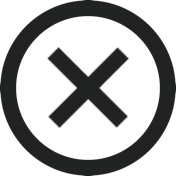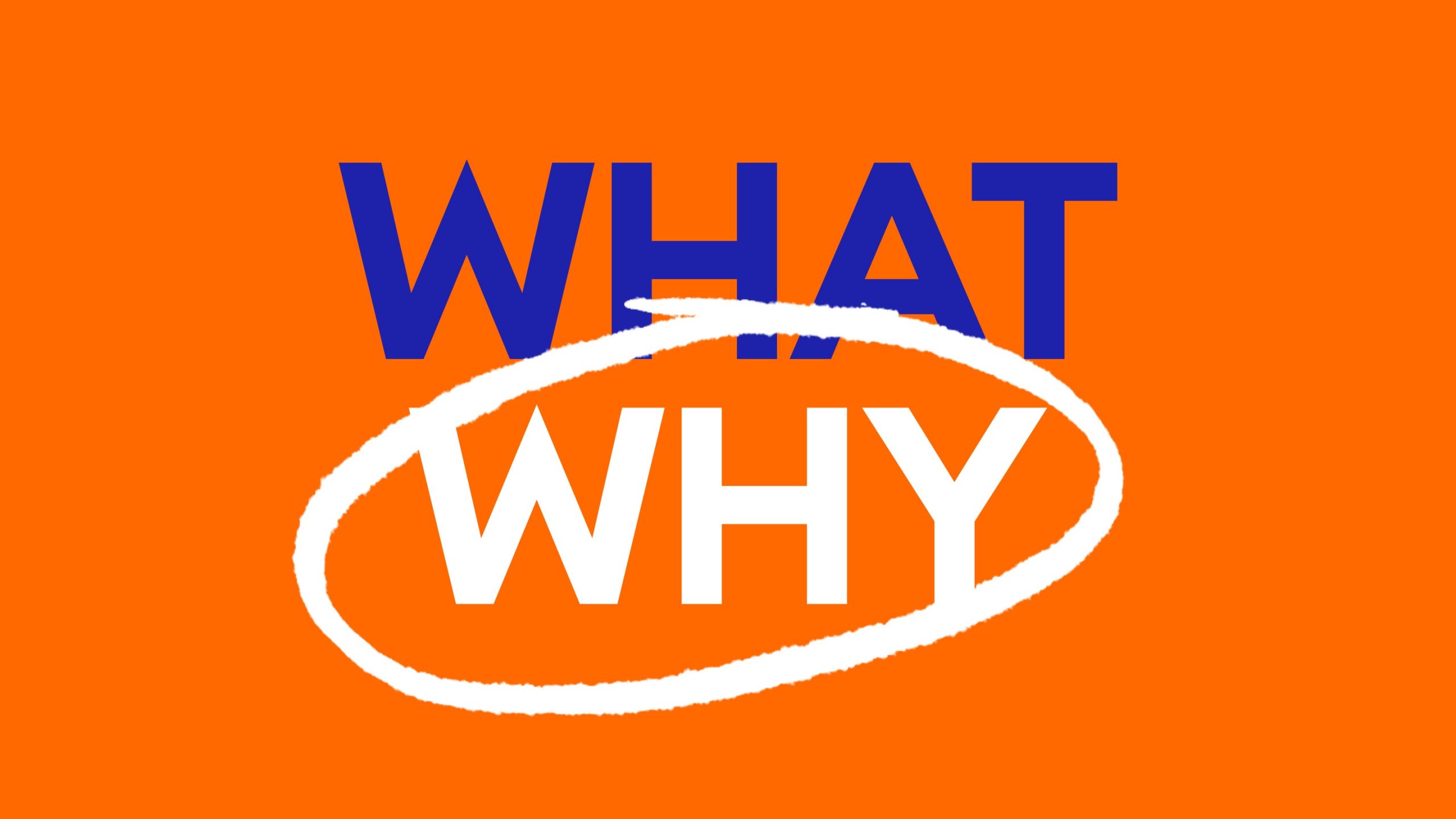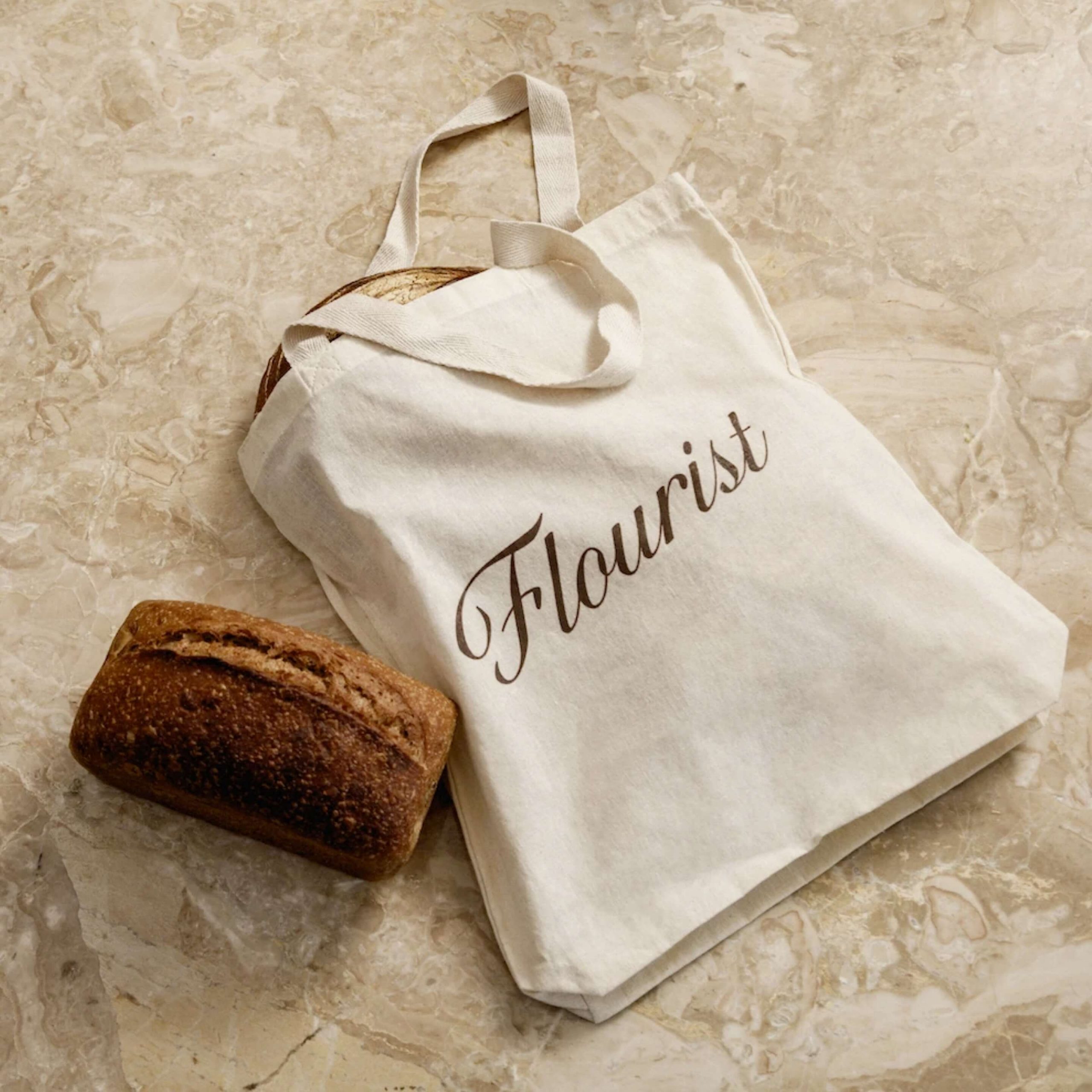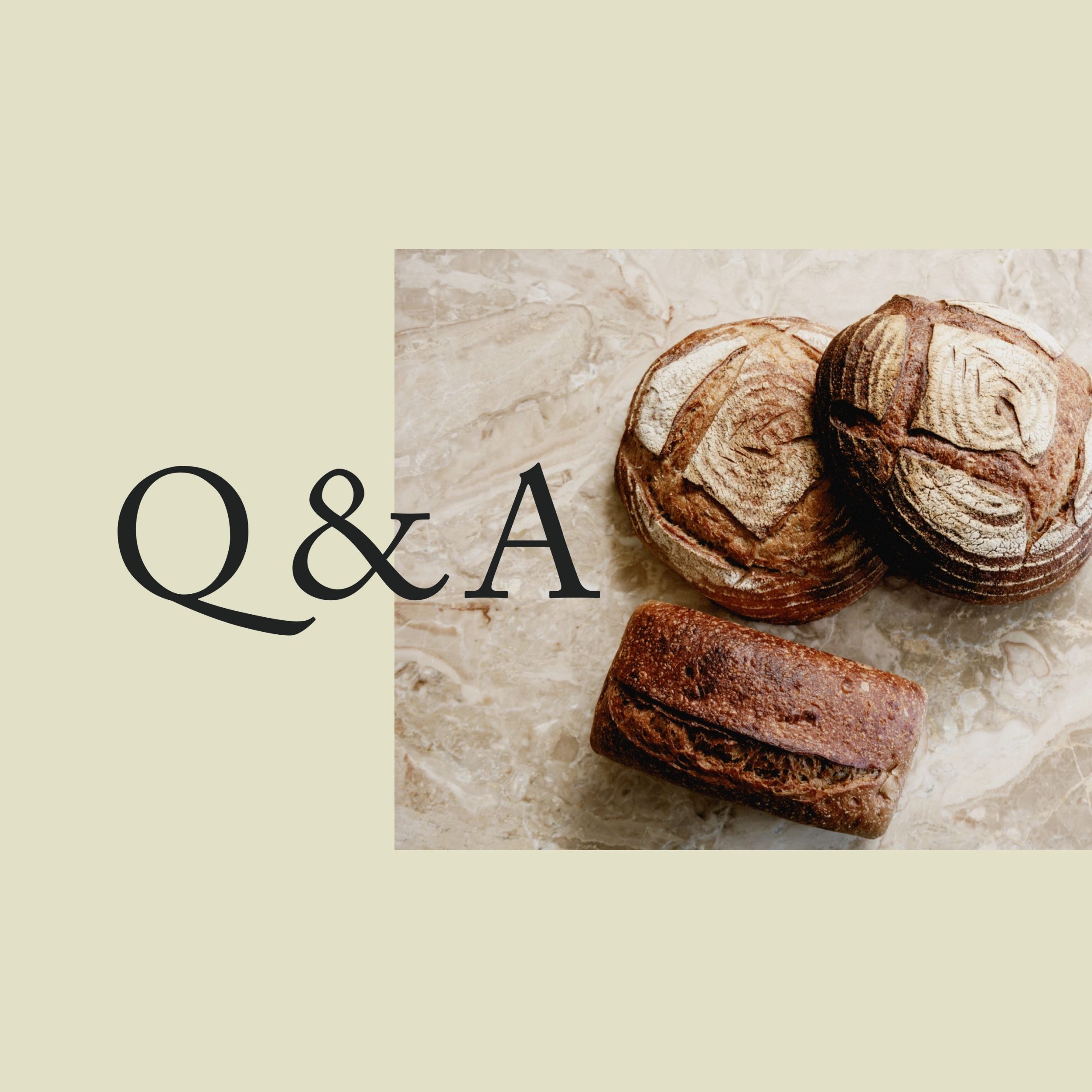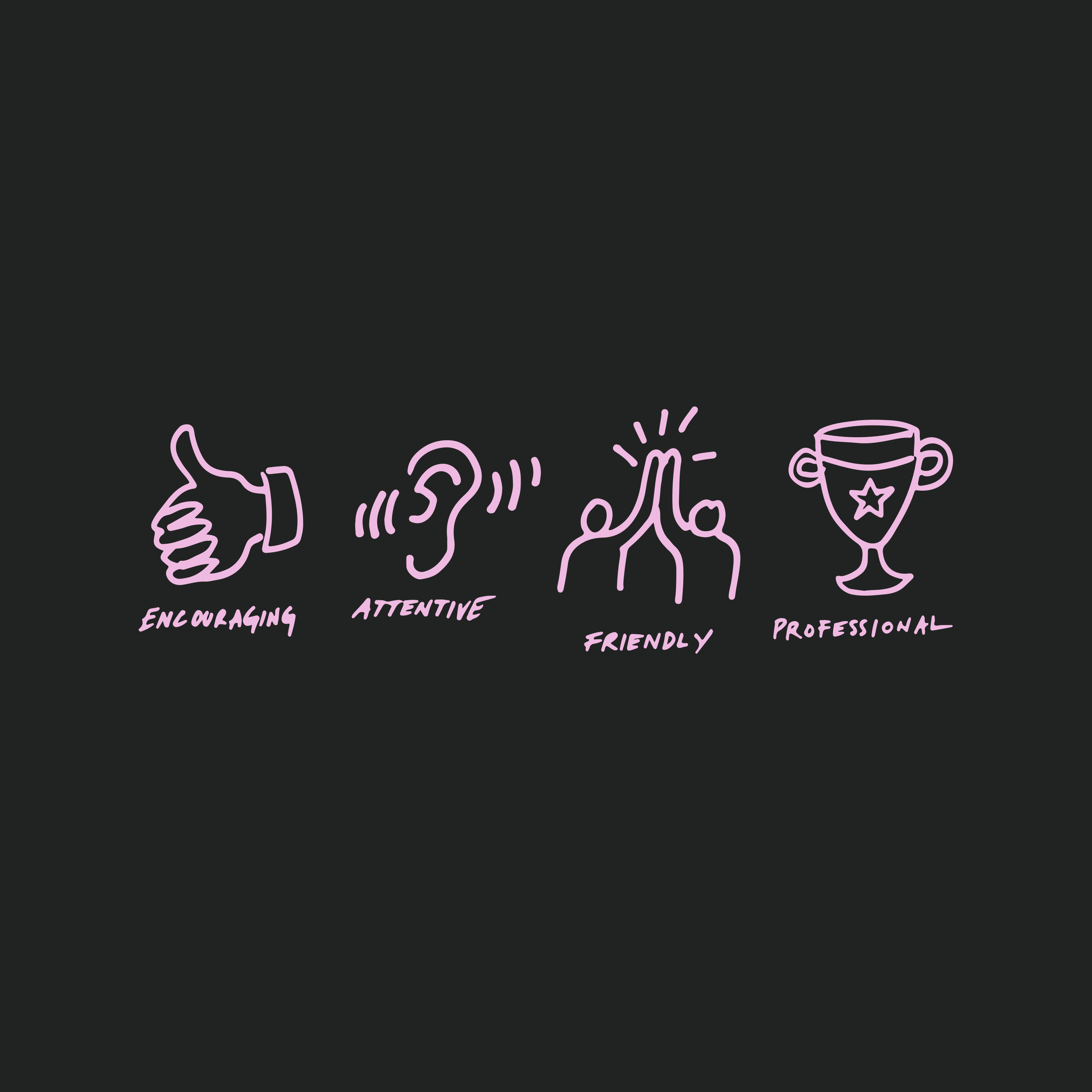If you have only one single strategy document for your business, please God, let it be your brand positioning.
In simplest terms your Brand Positioning articulates your Brand Purpose—usually it’s a short, memorable statement that sums up your “why.” That might also be fleshed out in a Brand Story and supported by four or five Key Messages—a set of Brand Pillars that encapsulate who you are, what you do, how you do it and what you care about.
This is our starting point for everything we do at Monday.
Here’s something we often hear from visionary founders when we ask if they already have their brand positioning: “We do! But it’s locked in my head.” Or this: “Yes, I think we all just kind of know what it is.”
Hard truth: unless it’s documented, distributed and consistently reinforced across your business, you don’t have brand positioning. Done well, every member of your team should be able to recite your “why” and maybe even your key messages, by heart.
That one simple document shapes every part of your communications, marketing, product and even your operations. I’d argue it’s the foundation of your business.
Here’s how Brand Positioning can make everything you do better:
PRODUCT
In the words of Simon Sinek, “People don’t buy what you do—they buy why you do it.” If you’re a start-up, your product might pivot five times before it reaches the public. Your brand positioning ensures every pivot is still moving you towards your intended purpose. It’s a tool for vetting new product offerings, it informs design and it ensures you don’t alienate your fans with each shift—if they’ve already bought into your “why” then they’ll follow you no matter the “what.”
IDENTITY
In 2020 we worked with Arc’teryx to create a new identity for their Used Gear program. The program already existed, but until then it was just a platform for trading in your product—without a story. And the identity reflected this.
After diving in deep together, we uncovered a passion in the Arc’teryx team to use this program to reduce barriers and make excellent gear more accessible—a desire for each piece to live a longer more storied life, and a deep commitment to product circularity within the company.

This rolled into a full visual identity suite—rooted in a blueprint grid that suggests timeless engineering, paired with concentric circles that point to product circularity. This flexible framework is the backdrop to a visual timeline and fieldnotes, that show how the narrative of each piece carries on when it’s traded in.
Every visual element of your brand should have a purpose and map back to something greater.
DIGITAL
Now that 90% of your business has likely shifted to the web, your digital channels need to embody your brand the same way your salespeople would IRL—guiding customers through the sales process, but also helping them understand what’s different about your business.
With good brand positioning, your web copy—from your Homepage to your About Us page—writes itself. In the same way, your key messages become the framework for any and all blog content, social media, and email marketing. We use key messages to brainstorm content ideas, but also to vet them and ruthlessly determine what’s on brand and what isn’t. Strong key messages make it easy to say “yes” or “no” when your social team wants to post a Bernie meme (does it align with your brand pillars? Probably not).

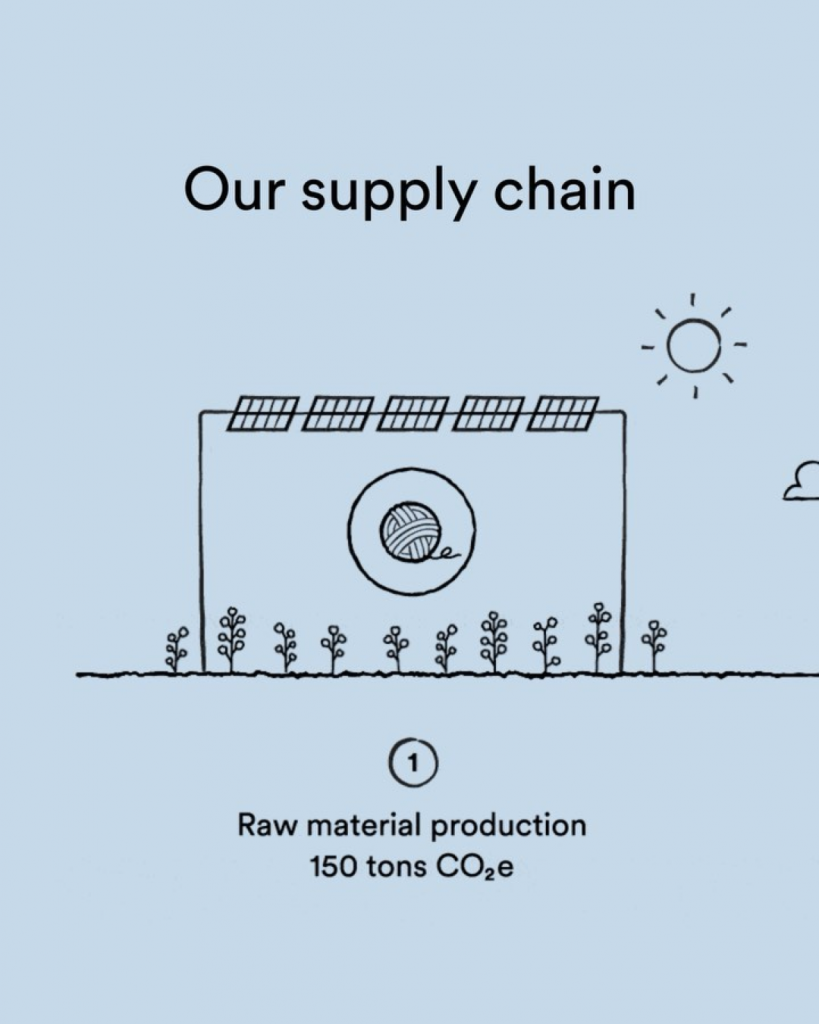
At Monday, we’re big fans of Organic Basics. Last month when they released a robust, interactive impact report it felt beautifully aligned with their purpose. This was a big investment of time and energy, but that investment is intentionally moving the brand towards their “why.” And because the purpose breathes throughout all of Organic Basics’ content, it didn’t feel like greenwashing—it felt like an honest assessment of where they’re at.
PR
We often partner with our clients’ PR or paid media firms and the first thing we do is walk them through Brand Positioning. A good brand is an aligned brand, and every single communication touchpoint should be telling the same story. Even if the story is about a new CEO, it should be rooted in your purpose.
SALES
If you have a large or distributed sales team, your biggest risk is inconsistency across your messaging. Solid Brand Positioning—with a crisp set of key messages that are easy to repeat and internalize—is a simple toolkit for your sales team. It forms the basis of pitch decks, presentations, and conversations, ensuring your team is promising what you actually deliver.
It also helps you stand out in competitive markets. Take Monday: there are a lot of agencies in the world (like A LOT). No matter how skilled our team is, we can’t rely on “great storytelling” or “beautiful design” as our selling point amidst so much competition. Our brand positioning shows our specialization: not only are we great storytellers and designers, we’re masters of technical/outdoor product education and we live the lifestyle that comes with it. Right there we’ve created our niche and dramatically cut down the competition. That’s good positioning.
PEOPLE AND OPS
At Monday, our brand purpose is: “We want to seduce people into the outdoors.” It’s the kind of statement that gets either a “heck yeah” or a “heck no” from potential hires—it lets candidates automatically self-select. When folks apply to Monday they often tell us how their passion for nature or movement blends with their passion for style and storytelling—which answers one key culture-fit question right off the bat, making hiring lot easier.
A good brand purpose becomes an imperative throughout the entire company—whether you work in marketing, finance, product or client services you should be able to reference your brand purpose to determine where to focus your efforts and intentions for the business.
There’s very little in your company that isn’t shaped by your brand positioning and I’m always amazed at the breadth of problems that can be solved with one simple document. We all work better when we have a vision to work toward and a framework for getting there. This is your vital first step.


